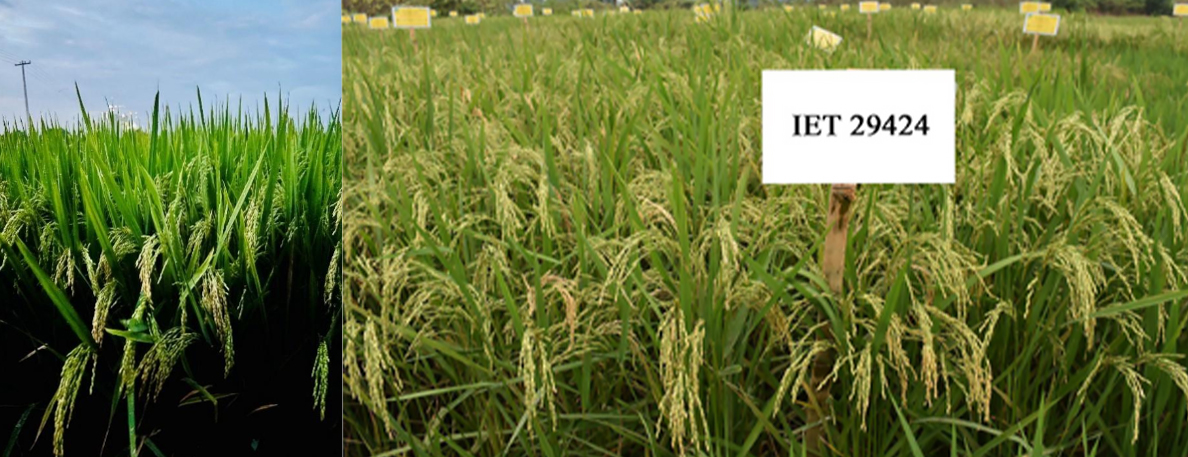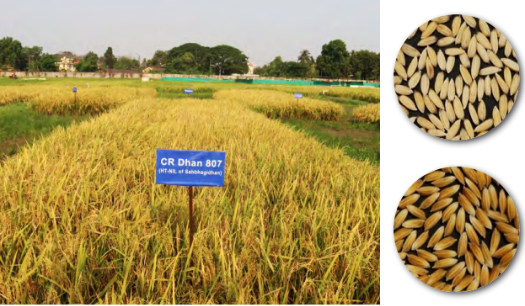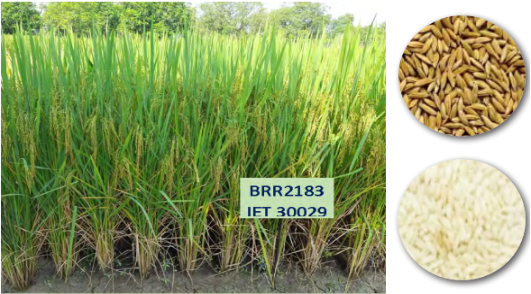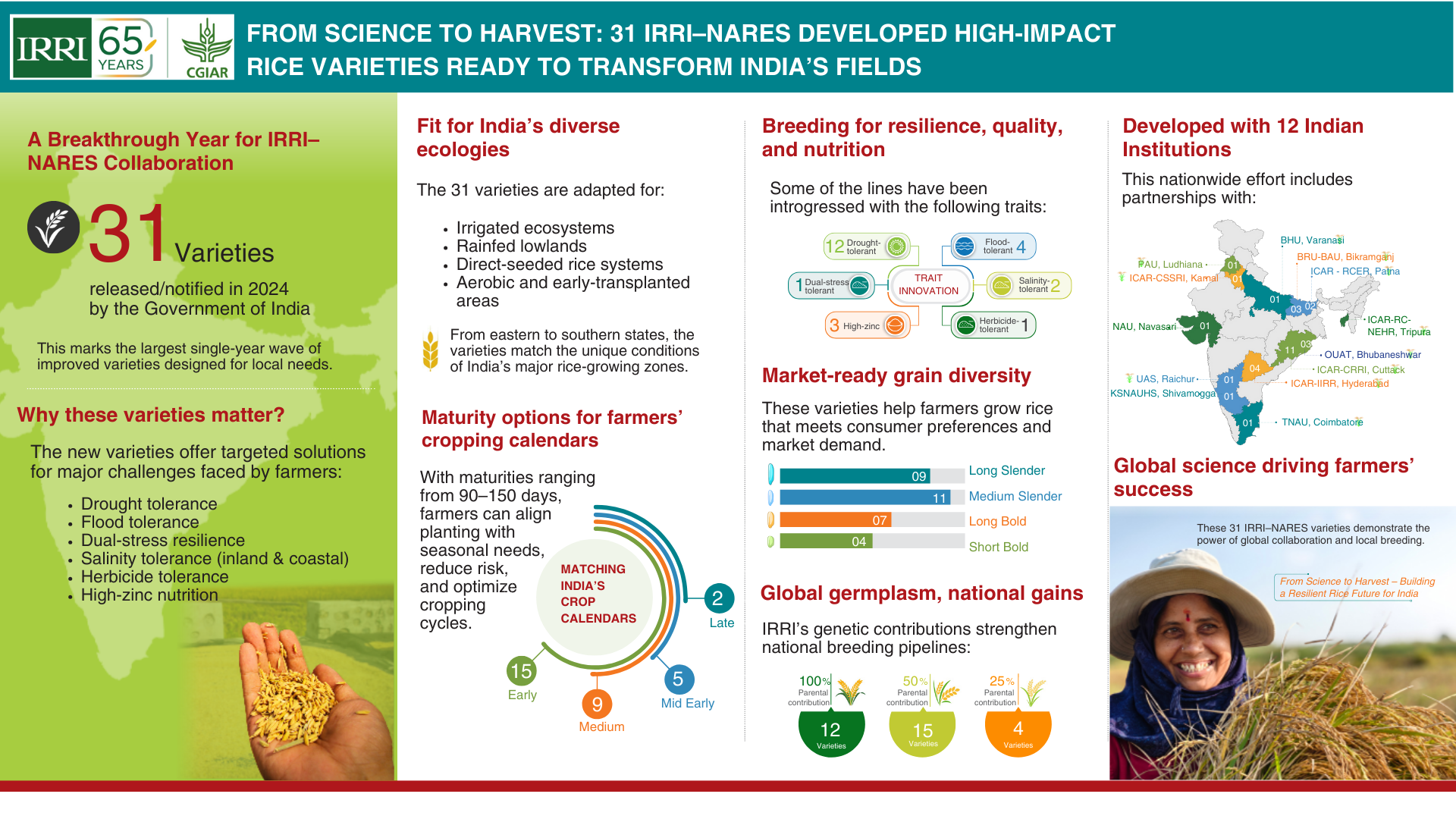
31 High-Impact IRRI-NARES-Developed Rice Varieties Now Available Across India
Malaviya Manila Sinchit Dhan-1, an early (115–120 days), high-yielding, long-slender rice variety released from BHU, Varanasi, suited for irrigated early transplanted conditions in Odisha and Bihar. (photo)
Hyderabad, India (27 October 2025) — Farmers across India are set to benefit from a new generation of rice varieties developed to meet the country's changing climate and production needs.
Through the partnership of the International Rice Research Institute (IRRI) and India’s National Agricultural Research and Extension System (NARES), 31 high-performing rice varieties, developed, released, and officially notified in the Gazette of India in 2024, are now available for large-scale cultivation and farmer adoption across the country.

Among the released varieties, DRR Dhan 75, bred from a combination of Samba Mahsuri, Habataki and ST 12, and developed as an improved version of BPT 5204 by the ICAR-Indian Institute of Rice Research (IIRR), is gaining strong momentum among farmers across India for its superior performance, non-lodging nature, and market-preferred grain quality.
Several of the new varieties are stress-tolerant, yielding 10–30% more than traditional varieties even under drought or flood conditions. CR Dhan 808 and Malaviya Manila Sinchit Dhan-1 perform well in areas with limited water. The flood-tolerant CR Dhan 811 yields an average of 3.6 tons per hectare, while CR Dhan 804, which can withstand both drought and flooding, maintains yields of about 2 tons per hectare under stress.

Several new lines, including CR Dhan 108, Sabour Pratap Dhan, and Swarna Purvi Dhan-5, have been specifically suited for direct-seeded rice (DSR) systems. These systems can reduce water use by up to 30%, cut labor needs by a third, and lower greenhouse gas emissions. Among these, CR Dhan 807 stands out as a non-genetically modified, herbicide-tolerant, and drought-resilient variety.
Beyond resilience, the release includes biofortified varieties such as Spoorthi (GNV 1906), DRR Dhan 79, and Sabour Vijay Dhan, which contains 20–22ppm zinc, nearly twice the amount found in conventional rice.
Overall, these 31 varieties offer a diverse range of grain types and qualities, from long slender to short bold grains, catering to consumer preferences across regions such as Punjab, Odisha, Tamil Nadu, and Gujarat. Of these, 11 were developed with ICAR–Central Rice Research Institute (CRRI), Cuttack, four with ICAR–IIRR, Hyderabad, and 16 by state agricultural universities and regional research centers.

"With support from the ICAR-IRRI Collaborative Workplan, and in alignment with the All India Coordinated Research Project on Rice (AICRPR), we have effectively evaluated and accelerated the development of varieties and hybrids suited to India’s diverse rice-growing ecologies" said Dr. R. M. Sundaram, Director of ICAR–IIRR, Hyderabad.
“The release of several climate resilient rice varieties and hybrids in the last five years reflects the strong synergy between India’s robust national testing and evaluation system and IRRI’s global expertise in advancing rice improvement,” he added.
Supporting these initiatives, Dr. Yvonne Pinto, Director General of IRRI, said, “Releasing 31 varieties in a single year is a testament to what focused, demand-driven research and strong partnerships can achieve. Hand in hand with our partners, we are turning scientific advances into solutions that meet farmer needs while enhancing sustainable productivity, climatic resilience, and improved nutrition for the rice sector.”
